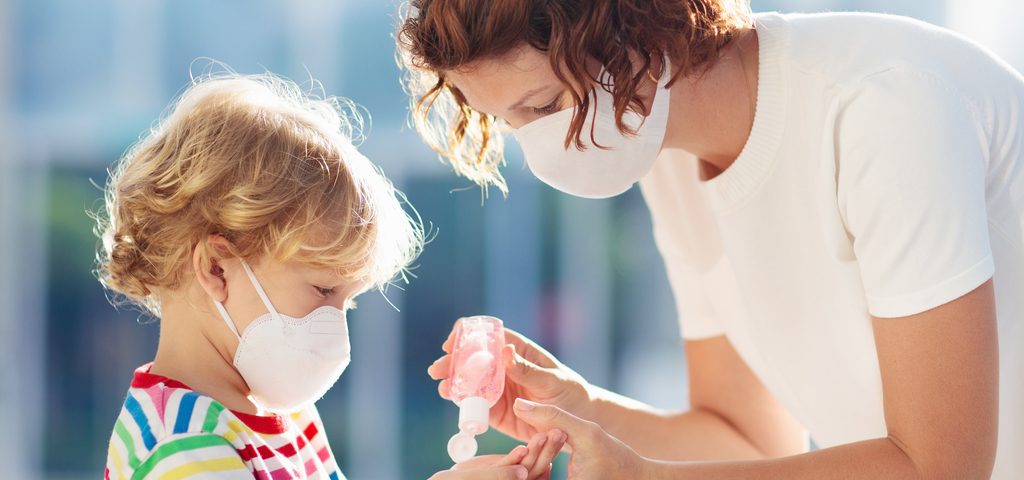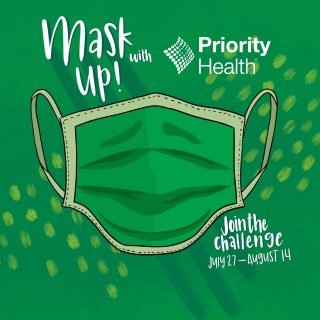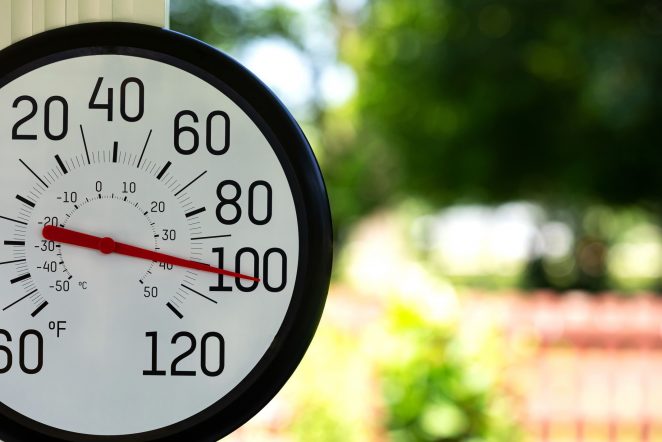Due to the rising number of COVID-19 cases in Michigan, the Governor signed an Executive Order requiring masks in all indoor public spaces and in crowded outdoor spaces. A willful violation of the order is a misdemeanor subject to a $500 criminal penalty (but no jail time). Businesses must refuse entry to those not wearing masks. Exceptions include: children under 5, anyone eating or drinking while at a restaurant, and those who are medically unable to wear a mask. Learn more about additional exceptions here. The order goes into effect on July 13.
While this news sounds concerning, know that protecting your face during this time is important. You might be asking, why wear a mask right now? Experts suggest, given the nature in which COVID-19 spreads, covering your mouth and nose can eliminate passing it along through coughs or sneezes when in public. Although masking your face does not completely guarantee that you won’t get the virus, it can help reduce any further spread of it. Face masks or face coverings can help reduce the chance of spreading COVID-19 by about 70%.
Wearing a face mask can be very simple, and maybe even a little fun if you find a fabric pattern that fits your style.
How to make your own.
When it comes to how you mask your face, you have many options. Many who have access to them are using three-ply medical face masks, while others have made their own with cloth or t-shirts. Items such as a scarf or bandanna can be used as personal protective equipment (PPE) if they’re able to cover both your mouth and nose. And, if it helps bring your spirits up during these crazy times, feel free to make your mask a little more unique to you. One idea is to use a favorite sports team t-shirt or fun patterned cloth for your fabric. This link from the Centers for Disease Control and Prevention (CDC) shows how to sew a mask, make one from an old t-shirt with scissors or use a bandanna with elastic bands — plus how to properly wear your mask and wash it.

How to properly sanitize and care for your mask.
While wearing a mask is important, experts also want you to be careful with yours before, during and after wearing. This includes washing your hands before you put yours on, and immediately after taking it off while also avoiding touching your face or mouth when wearing it. Wash your hands for at least 20 seconds with soap and water, or use an alcohol-based hand sanitizer with at least 60% alcohol.
If your mask can be put in the washing machine without getting damaged or altered, it’s advised that you do this as well after returning from a public place. Otherwise, hand-washing with soap is an option. You can also put your mask into a paper bag and leave it in a warm place for at least two days for the virus to become inactive. If you have single-use masks, make sure they live up to their name and are thrown away immediately after being taken off, then washing your hands. Here are even more tips on the best fabric options, filtering with paper towel and more on proper mask cleaning and storage.
Use your mask along with other guidelines.
Wearing a mask in public will be an important step towards “flattening the curve,” however, remember that it’s not a one-step solution to preventing the spread of COVID-19. Even when you’re wearing a mask during your trip to the grocery store, it’s still advised that you keep a six-foot distance away from others and continue to wash your hands and avoid touching your face and mouth. Follow these tips for safe shopping and deliveries.
Remember to follow the CDC as a source of truth when it comes to what is safest and most effective ways to protect yourself and your loved ones during COVID-19.



